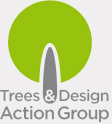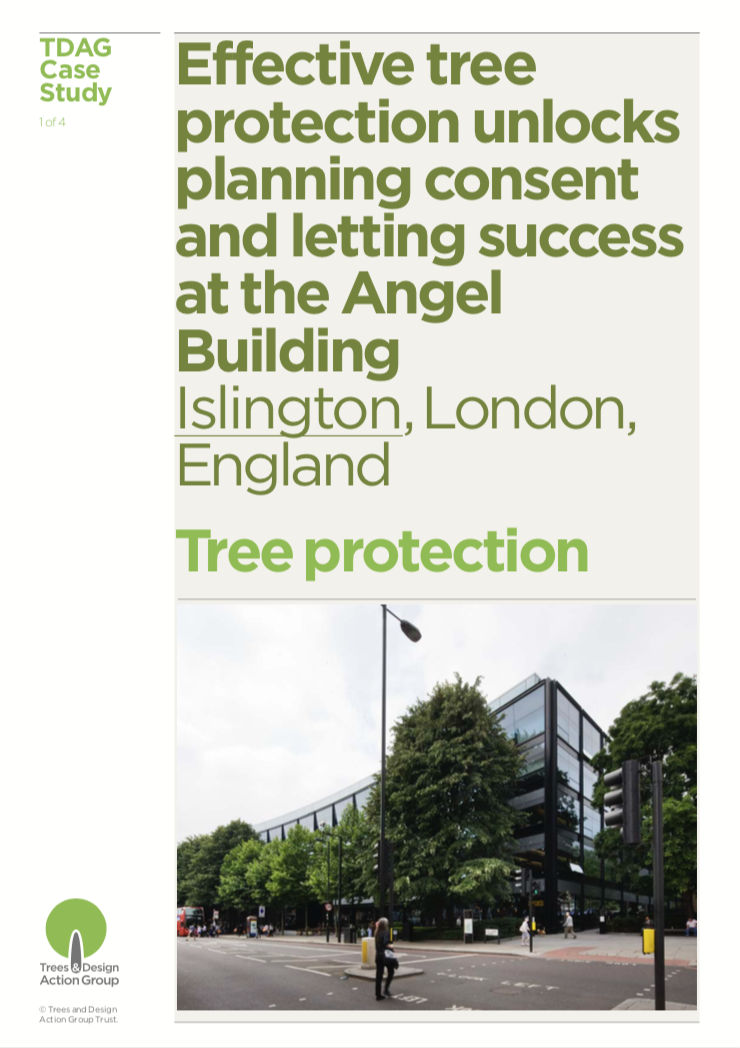| The Angel Building, a 260,000sqft office development by Derwent in Clerkenwell, in central London, was completed in 2010. In spite of a poor economic climate, two thirds of the building was let before completion, and full occupancy was reached very soon after opening. For Johanna Gibbons, landscape architect for the project, “there is no doubt that the environmental quality afforded through the successful retention of mature trees all around the building was a key differentiator for this infill development. A tree constraints plan was developed early and became a primary driver for the design. The curved building façade on St John Street was positioned and shaped in response to the location of the root protection area. The strategy was to retain groups of trees, primarily limes (Tillia spp.) and Caucasian wingnuts (Pterocarya fraxinifolia), at the corner of the project so as to create a microclimate facilitating building ventilation and energy conservation as well as the establishment of new tree and soft landscape around the scheme. |
Effective tree protection unlocks planning consent and letting success at the Angel Building3/6/2018
|
About this LibraryThis case study library was made possible thanks to the generous support of the Arboriculture Association and Barcham Trees. Categories
All
|



 RSS Feed
RSS Feed